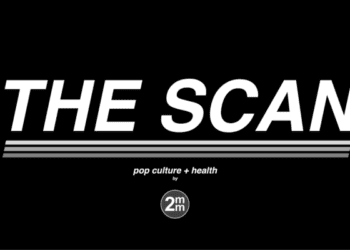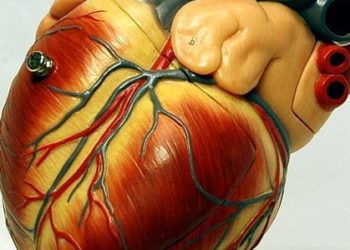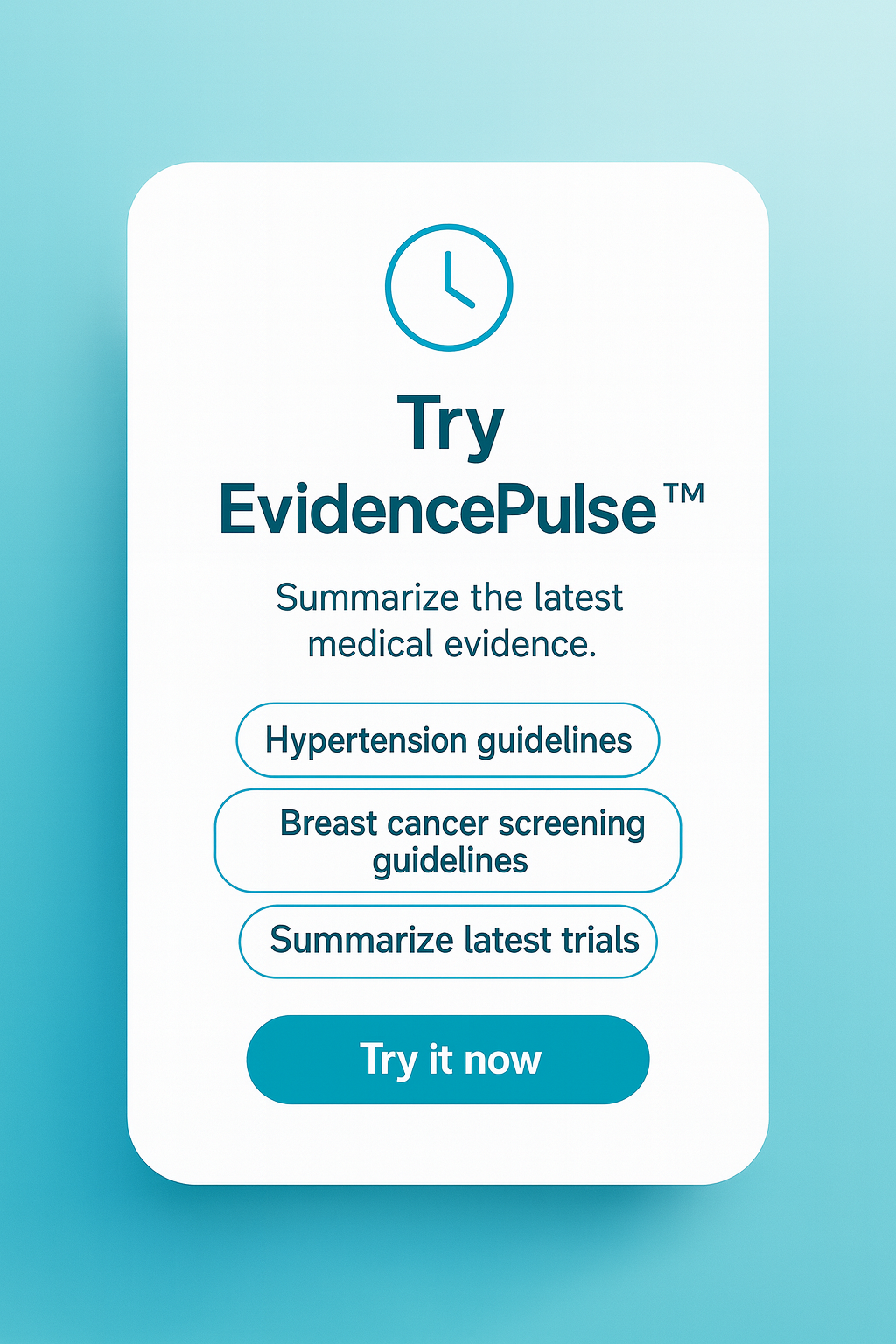Increased Serum 25(OH)D levels associated with decreased mortality risk in adult men
1. Increases in serum 25 (OH) D concentration were nonlinearly associated with decreased all-cause, cardiovascular disease mortality, and cancer mortality, with protective effects no longer significant beyond certain thresholds.
Evidence Rating Level: 2 (Good)
There is a global prevalence of vitamin D insufficiency, with older adults at higher risk due to age-related declines in multiple body systems. This study aimed to quantify the prevalence of vitamin D deficiency and its relationship with all-cause and cause-specific mortality risk among middle-aged and older U.S. adults. This retrospective cohort study used data from the National Health and Nutrition Examination Survey (NHANES) 2001–2018 and included participants aged 40–70 years. Serum 25-hydroxy vitamin D [25(OH)D] concentrations were measured and categorized into four groups: severely deficient (<25.0 nmol/L), moderately deficient (25.0–49.9 nmol/L), insufficient (50.0–74.9 nmol/L), and sufficient (≥75.0 nmol/L). Among the 22,130 participants included in the analysis (mean [SD] age = 54.6 [8.9] years), the prevalence of vitamin D deficiency (≤50.00 nmol/L) was 33.59%, and insufficiency (≤75.00 nmol/L) was 71.74%. During a median follow-up of 103 months (interquartile range: 57–154 months), there were 2345 all-cause deaths, with 636 deaths related to cardiovascular disease (CVD) and 684 related to cancer. As 25(OH)D levels increased from < 25.00, 25.00–49.99, 50.00–74.99, to ≥ 75.00 nmol/L, the risk of all-cause mortality decreased, with adjusted hazard ratios (HRs) and 95% confidence intervals (CIs) of 1.00 (reference), 0.78 (0.65, 0.93), 0.59 (0.49,0.72), and 0.54 (0.44, 0.66), respectively. Similar trends were found for CVD mortality. For cancer mortality, only the insufficient and sufficient groups had lower mortality compared to the severely deficient group, with adjusted HR (95% CI) 0.62 (0.43–0.89) and 0.63 (0.42–0.92), respectively. A non-linear relationship was observed between 25 (OH) D concentration and mortality: increases in 25(OH)D were associated with reduced risks of all-cause, CVD, and cancer mortality when levels were below 54.80 nmol/L, 44.70 nmol/L, and 58.70 nmol/L, respectively; however, these associations were no longer significant once concentrations exceeded these thresholds. Overall, this study found that increases in serum 25 (OH) D concentration were nonlinearly associated with decreased all-cause, CVD, and cancer mortality, with protective effects no longer significant beyond specific thresholds. Maintaining an appropriate concentration of 25 (OH) D may be important in reducing mortality risk. Future studies are needed to investigate underlying mechanisms.
Click to read the study in PLOSONE
Image: PD
©2025 2 Minute Medicine, Inc. All rights reserved. No works may be reproduced without expressed written consent from 2 Minute Medicine, Inc. Inquire about licensing here. No article should be construed as medical advice and is not intended as such by the authors or by 2 Minute Medicine, Inc.









